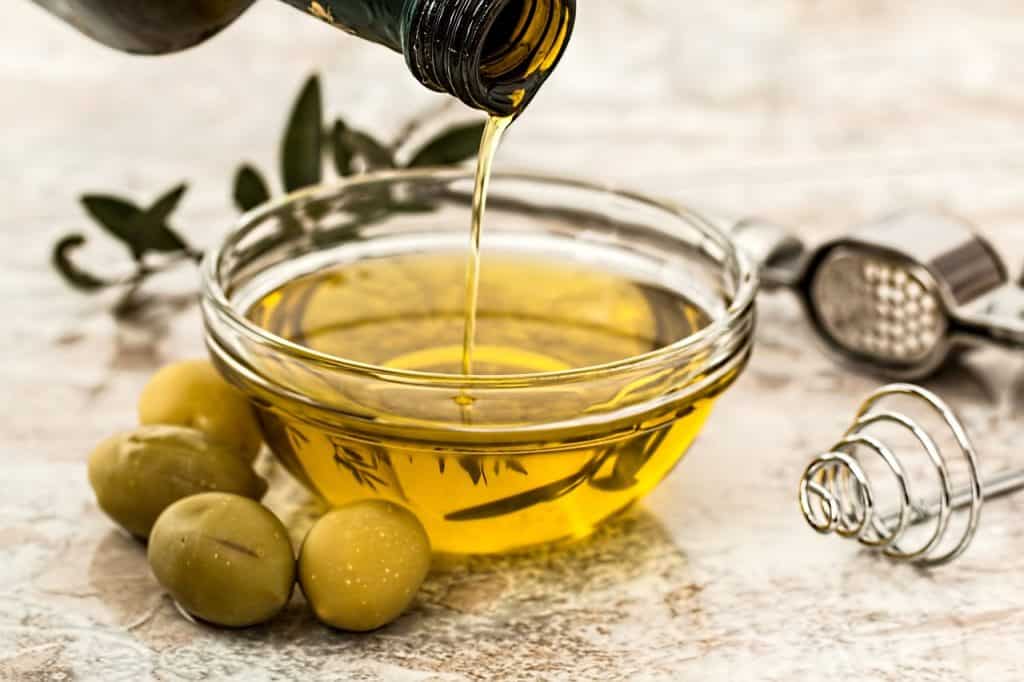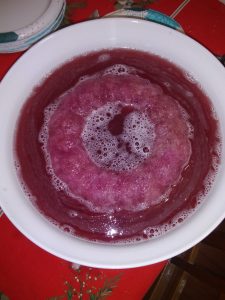There are several different types of olive oil and even more ways to use each of them. Extra virgin olive oil is a wonderful ingredient that helps elevate your salads, marinades, and appetizers to another level.

Top Benefits of Extra Virgin Olive Oil
Extra virgin olive oil is a popular pantry staple in many homes. Here’s why:
- Tastes delicious: There are tons of different flavor profiles when it comes to extra virgin olive oil. Some carry flavors like tomato, almonds or basil. Generally speaking, extra virgin olive oil will layer delicious herby flavors onto and into your meals.
- Health benefits: Packed with wellness-promoting properties such as monounsaturated healthy fats.
- The versatility: Suitable for various cooking methods, including baking, sautéing, frying, roasting, and preserving. You can do so much with this oil.
- Accessible: It can be picked up at any local grocery store – an easy pantry staple.
Cooking with Extra Virgin Olive Oil
Let’s take a closer look at extra virgin olive oil and how cooking with it differs from other grades of olive oil.
Extra Virgin Olive Oil
- Generally, extra virgin olive oil is considered the finest grade. It is perfect for both cooking and raw preparation, which is handy.
- It is regarded as high quality because of its complex flavor profile. It is also the most nutritious of all olive oil grades.
- Cooking extra virgin olive oil on low to medium heat is essential to preserve the taste and nutritional content. Firing it to high heat and bringing it to the smoking point will denature the oil.
Virgin Olive Oil
- Virgin olive oil is another good option for cooking. It is considered a little lower quality than extra virgin olive oil.
- Virgin olive oil is a great all-rounder – it has a good flavor and is great for grilling, sautéing, and stir-frying. It is also slightly more affordable than extra virgin-grade oil.
- Virgin olive oil can be heated slightly higher than extra virgin olive oil. It doesn’t have the same nutritional density, though. Because of this, it is important to pick what is most important in terms of this oil serving your needs.
Refined and Light Olive Oil
- These types of olive oil are more suitable for high-heat cooking methods, as they undergo refining techniques to improve stability and raise their smoke points.
- For high-heat cooking, refined and light olive oils are better suited for frying, deep-frying, and baking. This is due to their higher smoke points.
Using Extra Virgin Olive Oil Raw
Extra virgin olive oil shines when used raw. It is perfect for drizzling onto dishes as a finishing touch. Its bright and fresh flavor is delightful in dressings and dips.
Extra virgin olive oil is excellent for using uncooked, thanks to its wonderful properties. It is perfect for drizzling over salads, veggies, and pasta or as a finishing touch on soups and grilled meats. Mop it up with your favorite bread or crackers!
Here are a few benefits when using it raw:
- It preserves the flavor of the delicious oil.
- It delivers nutritional benefits in raw dishes.
- It takes salads and veggies to the next level.
Easy Three-Ingredient Italian Appetizer
One of my favorite ways to use extra virgin olive oil is in this super easy, three-ingredient Italian appetizer! All you need is some freshly grated Parmesan cheese, a little bit of oil drizzled on top, and a loaf of fresh baked French or Italian bread. It is delicious!


